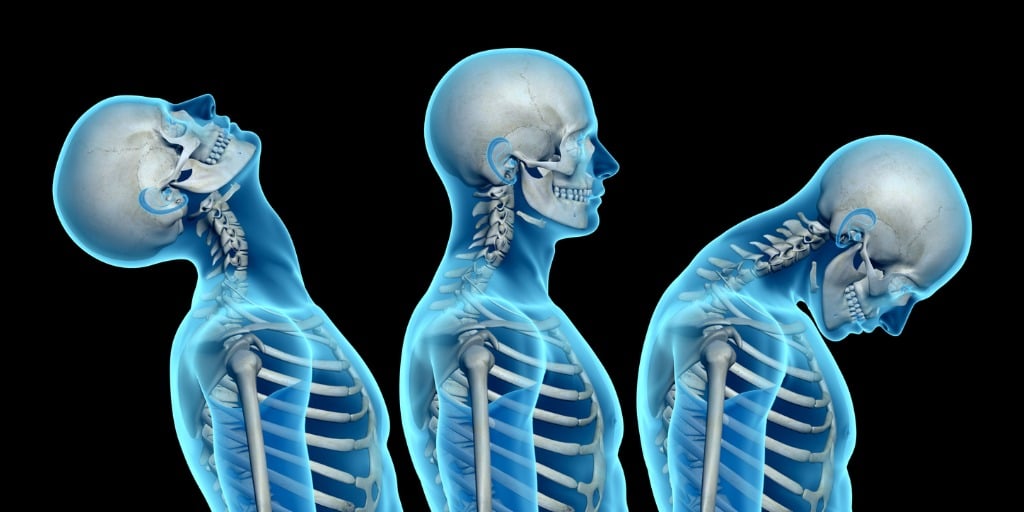New study: Whiplash injuries now visible
An international research group led by researchers from the Harvard Medical School Department of Physical Medicine and Rehabilitation at Spaulding Rehabilitation Hospital released a ground-breaking new study titled “Whiplash injuries associated with experienced pain and disability can be visualized with [11C]-D-deprenyl PET/CT” in the Journal of PAIN.
Researchers used a new approach with scans to be able to show the areas of inflammation from whiplash injuries which will allow for better targeting of medical treatments. There are hundreds of thousands of whiplash injuries due to car accidents worldwide that cause significant societal and financial costs. Until now, specific diagnosis of areas of the body impacted by whiplash has been elusive.
“Difficulties to detect and diagnose biological contributors (lesions), together with the lack of an accepted concept for what causes the symptoms in whiplash associated disorders (WAD), represent considerable personal, societal and economic problems. An objective visualization and quantification of the injury and possible inflammation in WADs would support a better diagnosis, strengthen patients’ subjective report of pain and assist clinical decisions,” said study lead Clas Linnman, PhD, Assistant Professor, Spaulding Neuroimaging Lab and Harvard Medical School.
For the study, 16 young adult patients with whiplash injury grade II were recruited at the emergency department and underwent [11C]-D-deprenyl PET/CT in the acute phase and at a six-month follow-up after injury. Imaging data from eight healthy controls was also utilized as a control group. Subjective pain levels, self-rated neck disability and active cervical range of motion were recorded at the two imaging sessions. Results showed that the molecular aspects of inflammation and possible tissue injuries in muscles and facet joints after acute whiplash injury could be visualized, objectively quantified and followed over time with [11C]-D-deprenyl PET/CT.
These findings visualize affected peripheral structures in whiplash injury and strengthen the idea that PET detectable organic lesions in peripheral tissue are relevant for the development of persistent pain and disability in whiplash injury. “It is our hope that this work will be an important contribution to better understanding chronic musculoskeletal pain conditions, where both peripheral and central mechanisms contribute,” concluded Dr. Linnman.
